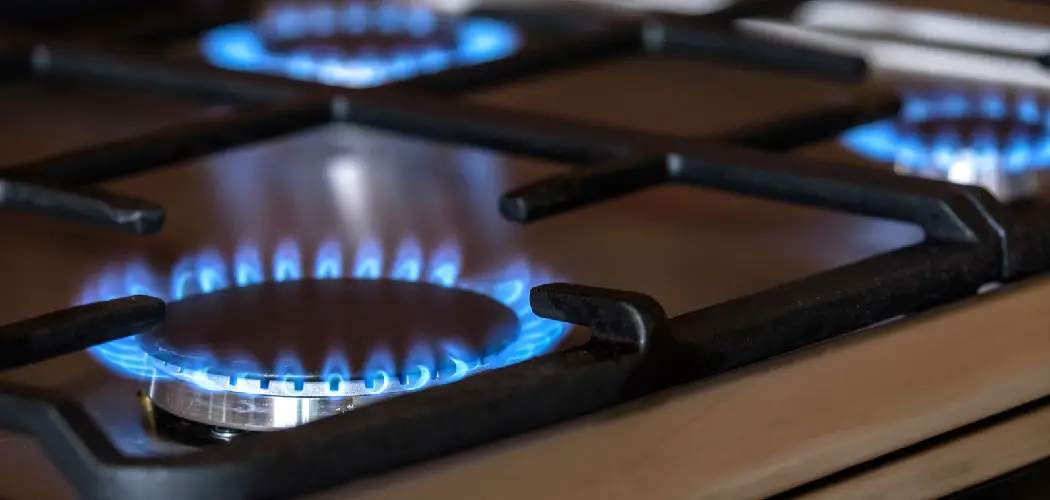Gas fireplaces are a popular choice for homeowners seeking an efficient and convenient source of warmth and ambiance. Unlike traditional wood-burning fireplaces, gas fireplaces offer instant ignitability, consistent heat output, and reduced maintenance, making them an appealing option for modern living spaces. However, like any mechanical system, they can encounter issues that require attention.
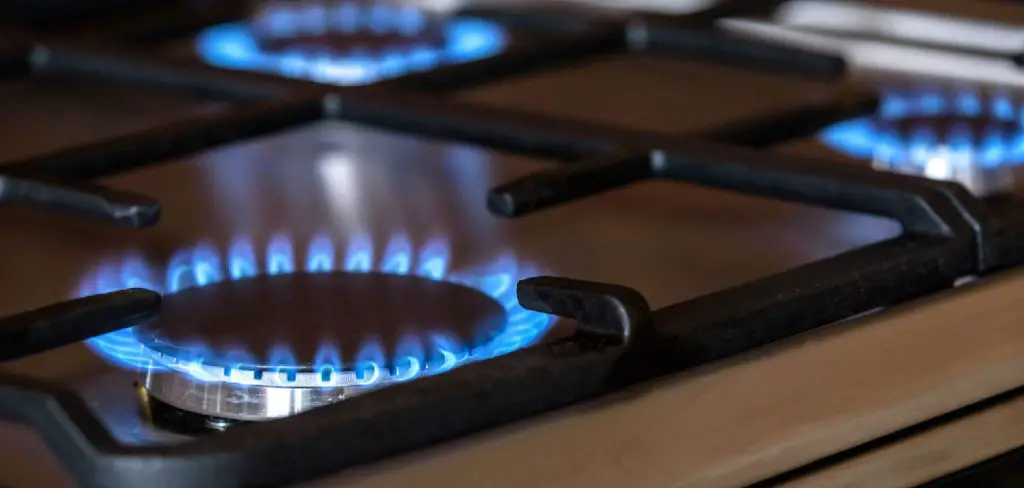
Common problems include ignition issues, where the fireplace fails to light; inconsistent flames that may flicker or burn unevenly; and unusual odors that could indicate a dust buildup or issues with the ventilation system. This article aims to provide guidance on how to repair a gas fireplace by addressing these frequent issues, outlining troubleshooting steps, and identifying when it may be best to call in a professional for assistance.
By understanding these aspects, homeowners can ensure their gas fireplaces remain a safe and enjoyable feature of their homes.
Safety First
Shutting Off the Gas Supply
Before conducting any repairs on your gas fireplace, it’s vital to ensure your safety by shutting off the gas supply. Locate the Shut-Off Valve: The gas shut-off valve is typically situated near the fireplace unit or along the gas line leading to the appliance. Look for a round or lever-type valve; if it’s a lever, it should be in line with the gas pipe when open.
Turning Off the Gas: To turn off the gas, grasp the valve and rotate it a quarter turn in the direction that closes it, which is usually perpendicular to the pipe. Ensure the valve is fully turned to avoid any accidental gas flow. It’s also a good idea to check for any signs of gas leakage (such as the smell of gas) before proceeding with repairs.
Ventilation and Safety Precautions
Proper ventilation is crucial when working on a gas fireplace to avoid the buildup of harmful gases. Ventilation: Open windows or doors in the room to create airflow and allow any residual gas to dissipate quickly. If possible, use fans to improve circulation, especially in closed spaces. Safety Gear: Wear appropriate safety gear to ensure protection while performing repairs. This includes gloves to protect your hands from tools and sharp edges and safety goggles to shield your eyes from debris or accidental sprays from cleaning agents. Taking these precautions will help ensure a safe and effective repair process.
How to Repair a Gas Fireplace: Common Gas Fireplace Issues and Repairs
Issue 1: Ignition Problems
One of the most common issues gas fireplace owners encounter is ignition problems, where the unit fails to ignite or produce a flame. This can often stem from issues with the ignition system. First, check the pilot light; if it is out, try relighting it following the manufacturer’s instructions. If the pilot light remains unlit, inspect the igniter.
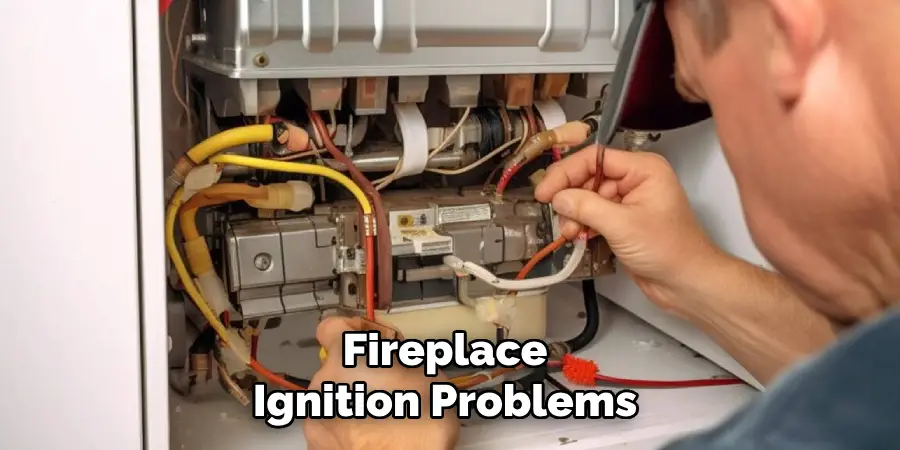
A dirty or faulty igniter may prevent the fireplace from starting. Possible fixes include cleaning the pilot light with a soft brush to remove any debris or buildup. Additionally, verify the thermocouple’s condition, as a malfunctioning thermocouple may also hinder flame ignition. Consider replacing the igniter if these components are clean and functioning, yet the fireplace still does not ignite.
A replacement is a straightforward process that can usually be done by following the manufacturer’s guidelines, ensuring that the fireplace operates safely and efficiently once more.
Issue 2: Inconsistent Flames
Inconsistent flames can detract from the aesthetics and functionality of a gas fireplace. Several adjustments may be necessary if the flames are uneven, too high, or discolored. Begin by checking the flame size and color settings. Uneven flames can indicate a need to clean the burners, as dirt and soot buildup can obstruct gas flow.
Regular cleaning of the burners should be part of routine maintenance; use a soft brush or vacuum to remove any debris. Adjust the flame height by following the manufacturer’s instructions, as too high of a flame can result in instability and safety concerns. It’s also crucial to inspect the venting system to ensure no blockages or leaks are affecting the flame quality.
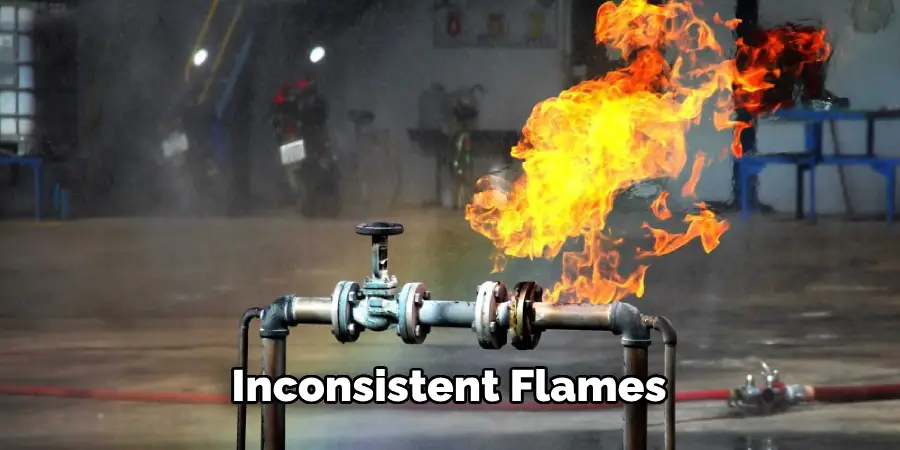
If cleaning does not resolve the issue, check for clogged burners by visually inspecting them for obstructions, ensuring that gas can flow freely to maintain a consistent and appealing flame.
Issue 3: Unusual Odors
Unusual odors emanating from a gas fireplace can be concerning and warrant immediate attention. The first step in addressing this issue is to identify the source of the odor. If the smell is strong and resembles gas, turn off the fireplace and the gas supply immediately, then contact a professional.
Alternatively, if the odor is musty or dusty, it could be attributed to accumulated dust, dirt, or debris within the fireplace. In such cases, a thorough cleaning is essential. Begin by vacuuming out any dust and debris from the firebox, and ensure the logs and other components are clean. Additionally, check the venting system for any blockages or potential issues, as a malfunctioning vent can also produce unpleasant smells.
After cleaning, burn the fireplace on high temporarily to help eliminate any lingering odors. Regular maintenance checks and cleanings can prevent the buildup of materials that may cause bad smells, maintaining a fresher environment in your home.
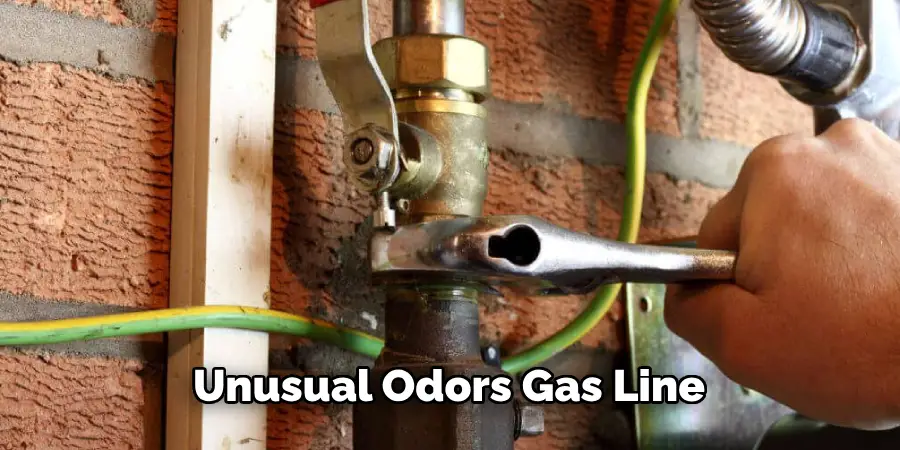
Maintenance Tips
Regular Cleaning
Establishing a regular cleaning schedule for your gas fireplace is essential to keep it operating efficiently and safely. Aim for a thorough cleaning at least once a month, focusing on key components. Start by cleaning the glass door with a suitable cleaner to remove soot and fingerprints, enhancing visibility and aesthetics.
Next, inspect and clean the burners by removing any debris or buildup—using a soft brush can help keep them clear. Lastly, dust the logs and other decorative elements, as they can also accumulate dirt over time. These simple cleaning procedures will ensure that your fireplace maintains optimal performance and appearance.
Annual Inspections
Scheduling an annual inspection with a qualified professional is crucial for ensuring your gas fireplace’s safe and efficient operation. During this check-up, a technician should inspect several key areas.
The inspection checklist should include an evaluation of gas connections, ensuring there are no leaks or issues; an assessment of the venting system to confirm it is free of obstructions; and a performance check of all components, including the igniter and thermocouple.
Regular professional inspections can help identify potential problems early, giving homeowners peace of mind while extending their fireplaces’ life.
When to Call a Professional
Complex Repairs
It’s crucial to call a licensed technician for complex repairs that go beyond routine maintenance. This includes major component replacements, gas line repairs, or any situation where troubleshooting steps have failed to resolve the issue. Professionals possess the expertise to diagnose problems accurately, ensure that repairs are performed safely, and comply with local codes and regulations. Relying on their experience can help prevent potential safety hazards and prolong the life of your fireplace.
Emergency Situations
Gas leaks or signs of malfunction should never be taken lightly. Contact a professional immediately if you detect a gas smell, hear unusual noises, or notice any malfunctioning components. These issues can pose serious safety hazards, including fire or explosion risks. A qualified technician can assess the situation promptly, mitigate risks, and ensure your fireplace operates safely, giving you and your family peace of mind.
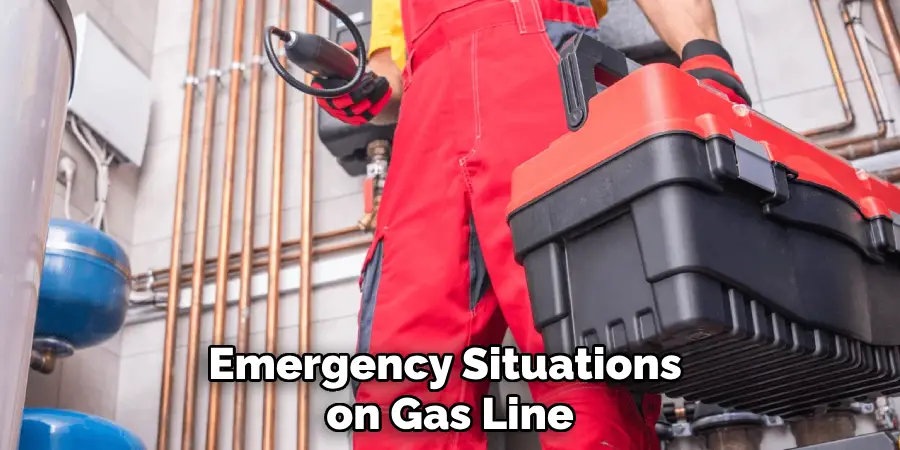
Frequently Asked Questions (FAQs)
Q1: How Often Should I Clean My Gas Fireplace?
It is recommended to clean your gas fireplace at least once a month to maintain its efficiency and appearance. Regular cleaning helps to prevent soot buildup and ensures that all components are functioning correctly.
Q2: What Should I Do if My Fireplace Isn’t Igniting?
If your fireplace isn’t igniting, first check the pilot light and igniter for cleanliness and functionality. If they appear to be clean and in good condition, consider inspecting the thermocouple and follow the manufacturer’s guidelines for any necessary replacements.
Q3: Why Are My Fireplace Flames Uneven?
Dirty burners or incorrect flame height settings may cause uneven flames. Regularly cleaning the burners and adjusting the flame height according to the manufacturer’s instructions should help resolve this issue.
Q4: How Can I Reduce Unpleasant Odors from My Gas Fireplace?
To eliminate unpleasant odors, first identify the source. Perform a thorough cleaning of the firebox, logs, and venting system. If strong gas smells persist, turn off the fireplace and contact a professional immediately.
Q5: When Should I Schedule a Professional Inspection for My Fireplace?
Schedule a professional inspection at least once a year. This ensures that all components are checked for safety and functionality, helping to identify potential issues before they become serious problems.
Conclusion
In summary, this guide has addressed several common issues with gas fireplaces, including ignition problems, inconsistent flames, and unusual odors. These issues highlight the importance of regular maintenance and prompt action when problems arise. Whether performing routine repairs or addressing urgent situations, safety should always be the priority.
Familiarising yourself with the basics of how to repair a gas fireplace can empower you to tackle minor issues confidently. Remember to schedule annual inspections with a qualified technician, maintain a cleaning routine, and never hesitate to seek professional help for complex repairs or emergencies.
By following these recommendations, you can ensure your gas fireplace remains in excellent condition, providing warmth and comfort for years to come.

